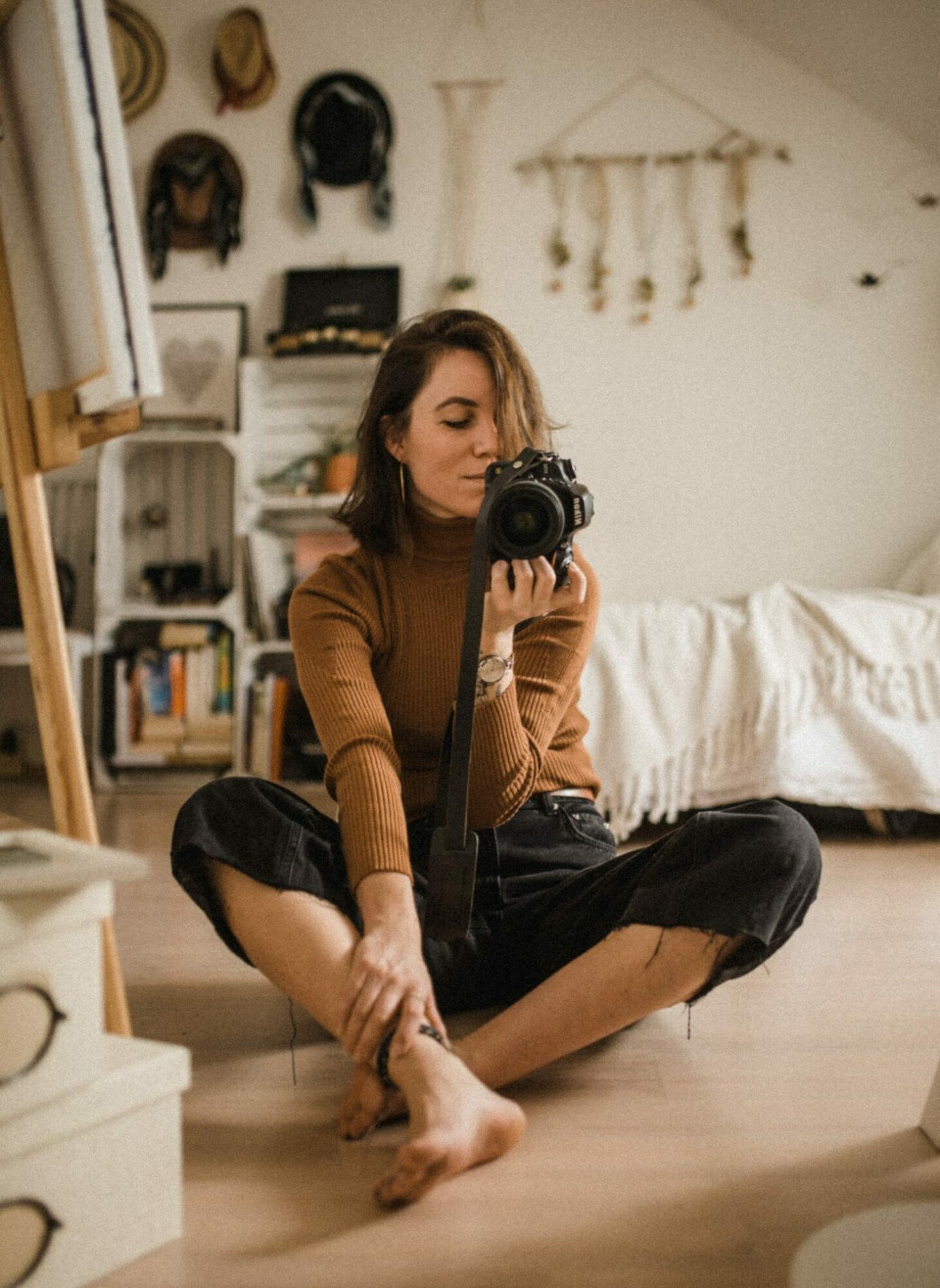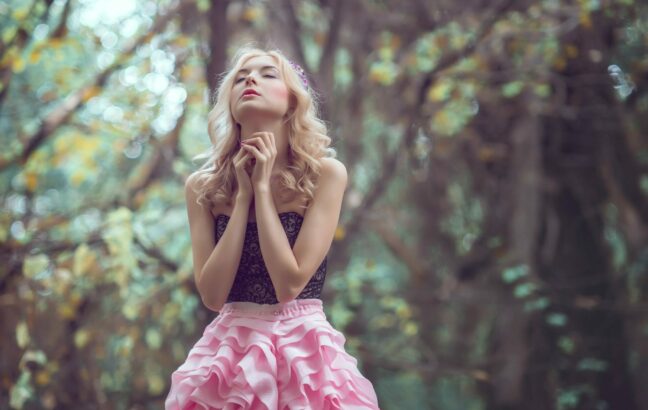A good photograph has a lot of qualities that collectively make it objectively pleasant. If you want to sell pictures online, you should know.
Some of these qualities, like lighting, are easy to understand and are already known by most. A good example is how photos taken against the sun and towards the sun both come out significantly different from one another, even though they are taken at the same time. Others such as tone, are unbeknown to most and take practice to fully comprehend and take advantage of.
How to take pictures like a pro
We will discuss the most important qualities of a good photograph. Always have in mind: The term photography, as we know it, was coined in early 1839, by British scientist Sir John Herschel. It’s created from the Greek words phōtós (English “Light”) and graphê (English “drawing/writing”) which translates to “drawing with light”.
Lighting
Photography is essentially capturing how light falls on a surface. Beginners usually give little thought to light when starting out as a photographer yet obsess over it when they go pro. This is essentially why lighting is the most important aspect of photography. Always think of lighting first before you think of your subject.
Purpose to take photographs early in the morning and during sunsets when the light is at its softest and looks best to our eyes. Professionals refer to this as the golden hour and that is the reason why over half of landscape photographs are shot at sunsets or sunrise. Lighting is the easiest variable that we have control over while taking photos.
You should avoid shooting in low light as smartphones sensors are usually tiny and cannot cope with the lack of light. Thinking of using the flashlight in such conditions? Don’t! The flashlights in our phones are too small as well and will only lead to far worse images.
Color & Tone
The color and tone of a photograph is what sets the “mood” of a scene. Suppose you want to take a photograph of sporty feet, you are better off setting your scene in open fields on a sunny day as opposed to a dark alley. This will immediately give the photograph a bright and joyful mood. Simplified, it refers to the brightness of a photograph, ranging from a solid black color to a pure bright white.
The Rule of Thirds
This is one of the most common elements of a good photograph. It is a rule of thumb that should be applied when taking a picture. It requires that from your viewfinder, you should divide the image into nine equal parts as shown here.

Your most important elements of the scene should fall either on the horizontal or vertical lines as opposed to simply centering the subjects. When correctly applied, this rule alone will greatly enhance your photography skills.
Composition
You have to carefully select what will appear in your final photograph. Too much information will ruin the image failing to convey your message. A few tips to help you have great composition:
- Simplicity is key: Say it out loud, less is more.
- Take multiple shots from multiple angles to find out which one paints your subject the best.
- Avoid tilting the camera to have more objects in the frame: Move back or use a different angle.
- Select an interesting background to compliment your subject.
- Frame your subject according to the foreground objects: Make your subjects the focus of the photograph and everything else should wrap around them.
- Choose interesting subjects for your shoot: If you are shooting feet, a photo of nice pedicured feet in high heels is much more interesting than just a pair of casual socks.
- Employ the rule of thirds. Turn on grid lines to assist with framing the objects in your scene.
Timing
Last, but not least: Wait for the perfect moment. It may take its time and you might take fifty pictures to finally get one perfect. But it will be worth it.
In October of 2016, after six years, 4,200 hours and 720,000 shots, renowned wildlife photographer Alan McFadyen finally took his perfect shot of a kingfisher. The photograph involved a kingfisher, without a single splash, diving flawlessly straight into the water.
This example single handedly takes the crown of how important timing is to good photography. To be a good photographer, you have to not only be dedicated to the craft, but to always keep seeking “the perfect photograph”.










